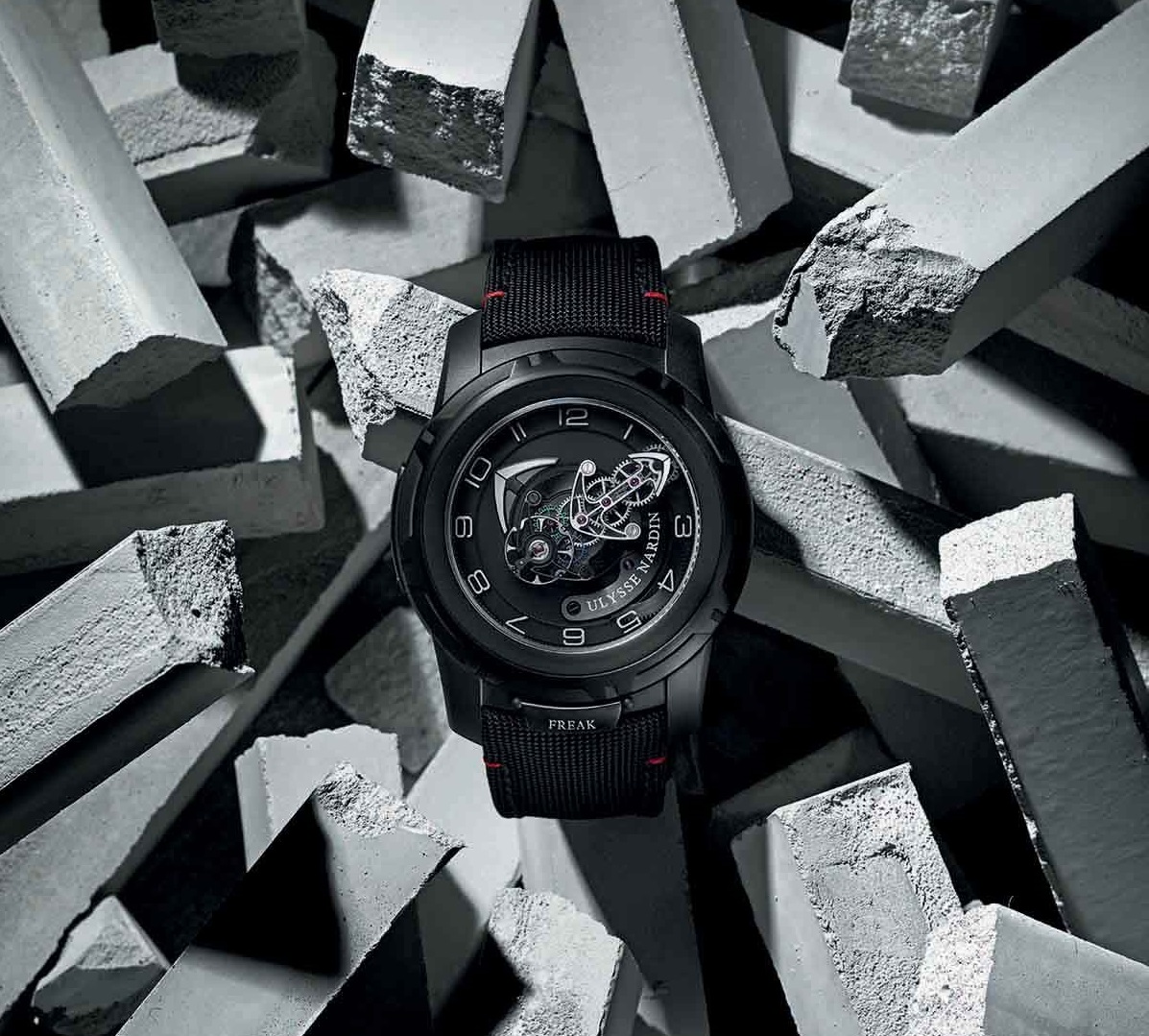
I’ve come to conclude that the watch industry is currently wrapping up an era that we are now seeing the tail-end of. This period began in the early 1990s and saw a high-point in roughly 2012. For reasons I’ll explain below, I’ve tentatively given this era the name of “Golden Revival” because of the prolific and luxurious nature of many of the products, as well as the fact that it was typified by reviving old ideas in new and freshly consumable forms as new products for today’s consumers and collectors.
The modern Golden Revival kicked off just as the luxury watch industry was recollecting itself as an assortment of big groups and bright ideas as opposed to a legion of once-strong individual brands. The most significant event that led to this era forming was the quartz crisis, which was its strongest in the 1980s. A discussion of the quartz crisis (or “quartz revolution” depending on your perspective) is beyond the scope of this article. Suffice it say that the quartz crisis saw the decline of mechanical wristwatches.
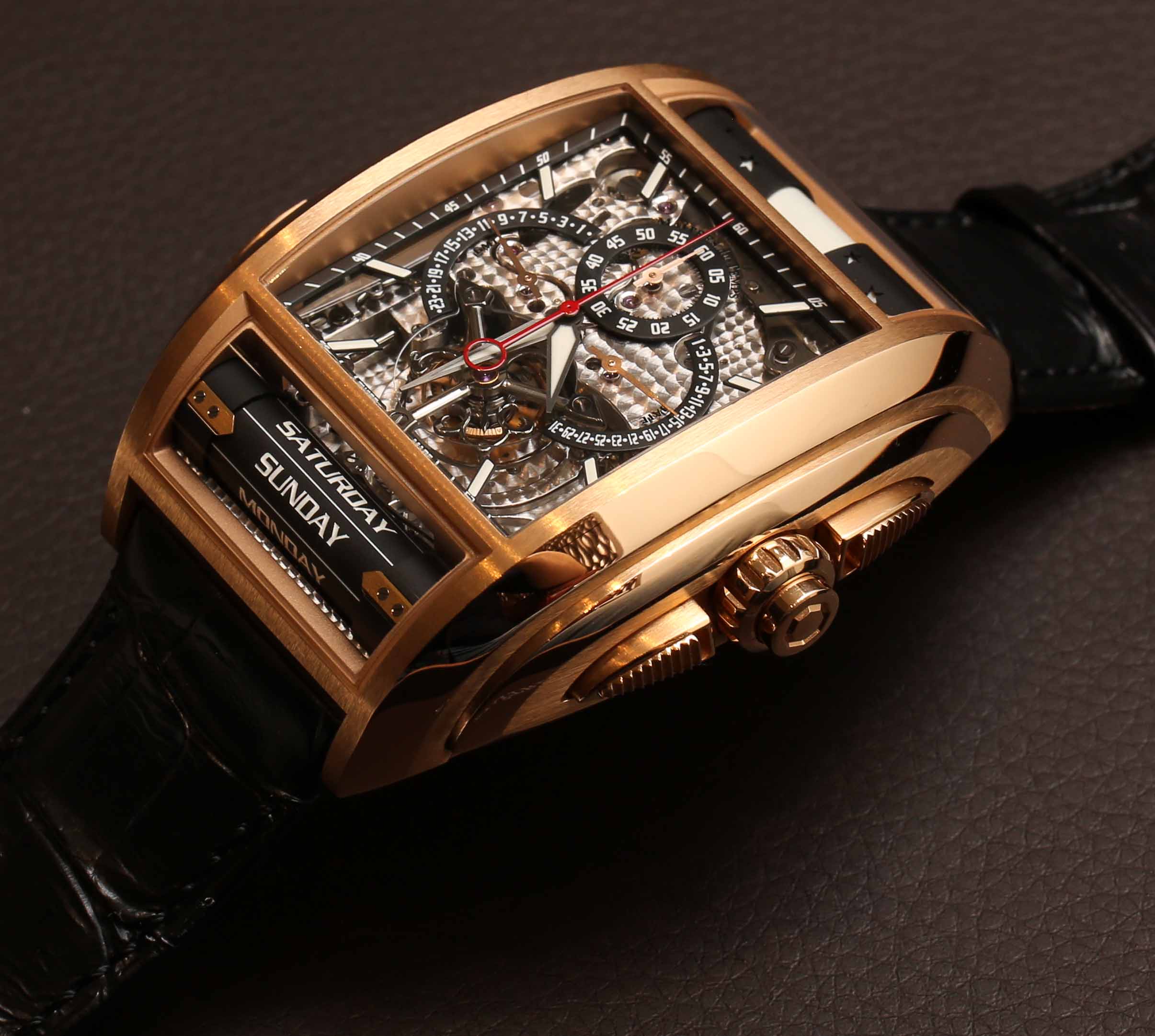
By the late 1960s quartz clock technology had been faithfully miniaturized to wristwatch form – offering a level of accuracy (and reliability due to infrequent battery changes) theretofore unknown in mechanical watches. Quartz-based wristwatches began as expensive exotic products, unaffordable to most consumers seeking practicality. The quartz revolution occurred when quartz regulator-based integrated circuit chips could be cheaply printed in Asia, which soon dramatically reduced the cost of quartz timepieces. By the early 1980s quartz watches split into both digital and analog products, for the most part entirely replacing the role mechanical watches had on the wrists of most timepiece-wearing consumers.
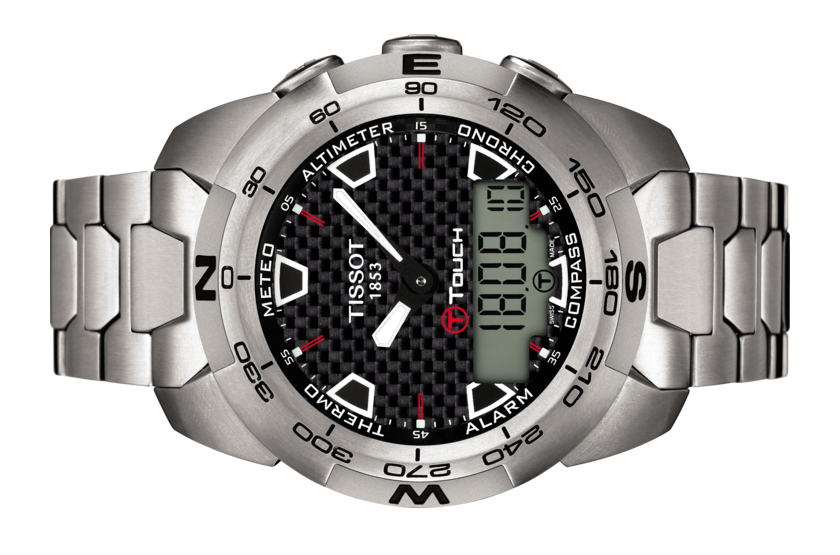
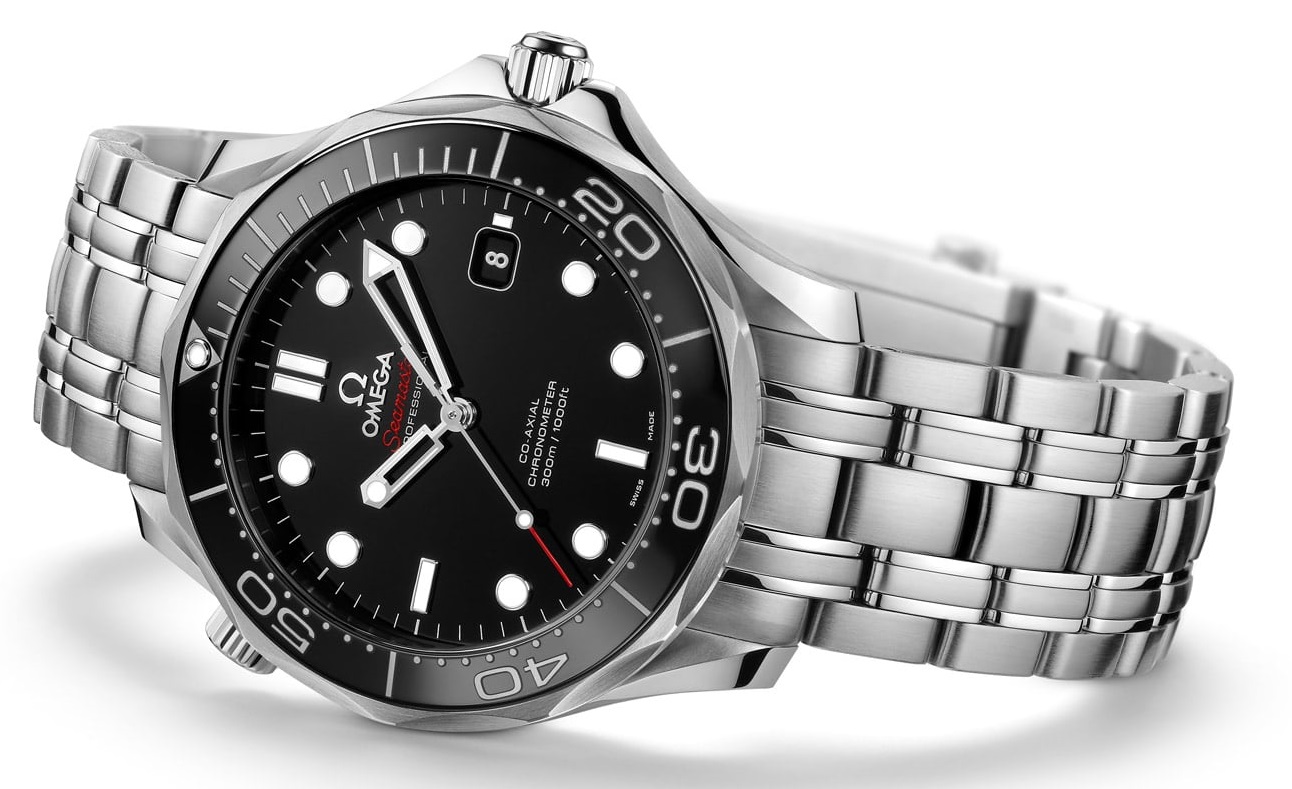
The 1980s was also a time when the average consumer still required a watch to know what time it was – and being precise with the time was seen as increasingly important and computers and other digital instruments invaded our lives more and more. Thus, in the 1980s the fun and effective (not to mention comparatively inexpensive) quartz watch dominated the wristwatch landscape. Only a few brands continued to produce mechanical watches during this era, mostly relying on wealthy customers accustomed to wearing mechanical timepieces. Thus, the mechanical watch was quickly and almost entirely cast as a luxury lifestyle product explaining one’s ability to emphasize style and story over practicality and efficiency on their wrist.
Most mechanical watches produced in the 1980s were continuations of earlier models often from the 1970s – which was the case with companies like Rolex, Audemars Piguet, and Patek Philippe. These brands each invested in products with quartz movements as well as products with mechanical movements. Rolex did not stop selling its Oysterquartz watches until the early 2000s. In the 1990s things started to change.
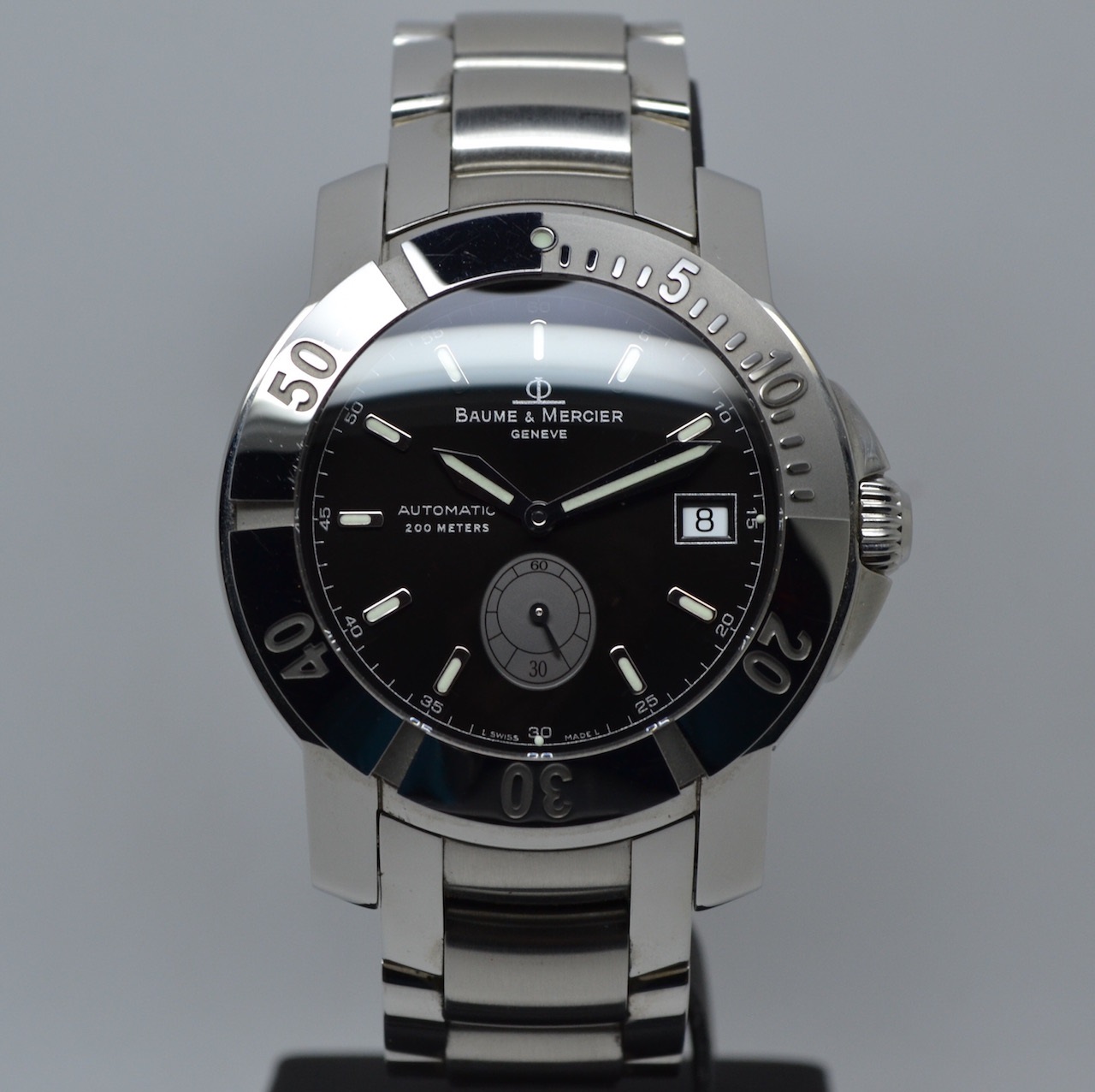
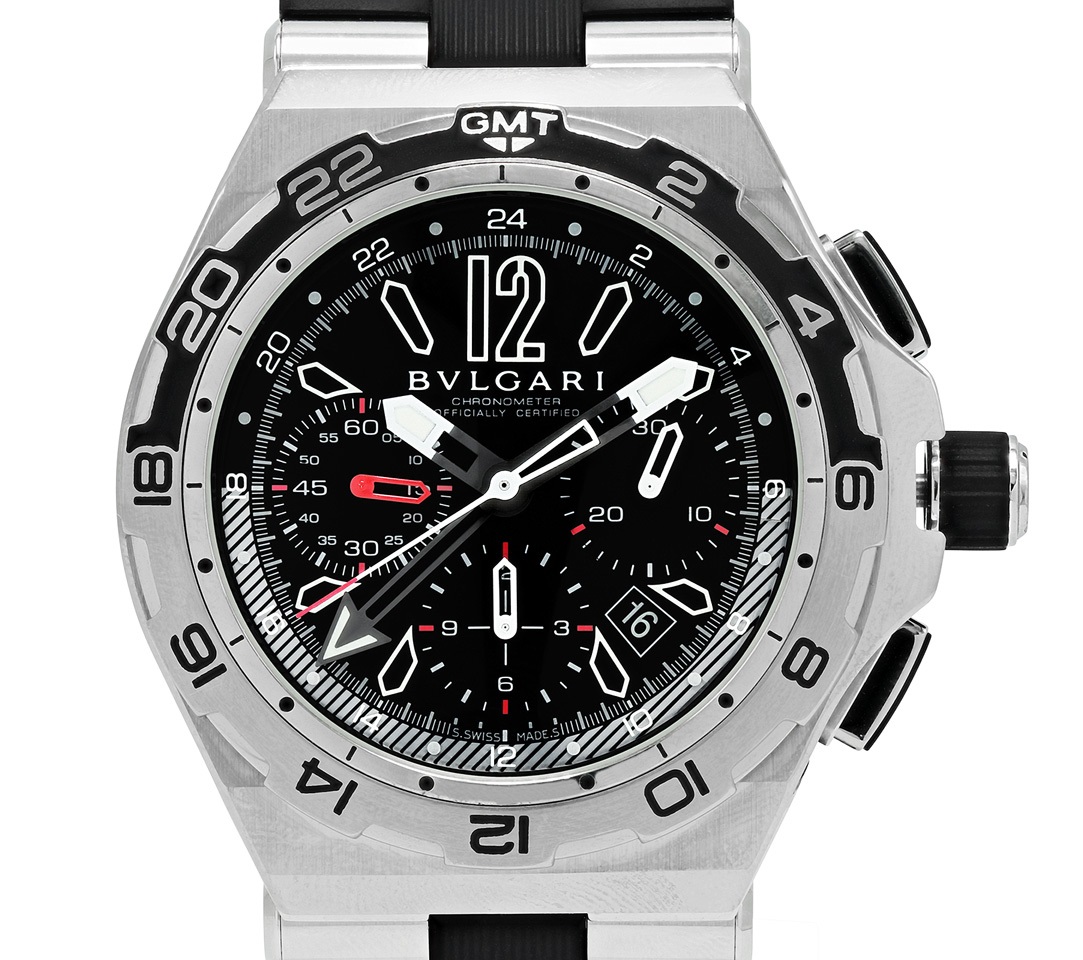
One of the most important changes in the 1990s (and it continued into the early 2000s) was the gobbling up of traditional watch brands by large groups, which included the Swatch Group, LVMH, and the Richemont Group (formerly Vendome Group). Watch brands require lots of resources to operate because of the cost of both manufacturing and development – and in weakened or non-existence states in the 1990s, most of them could not afford to do business. Part of this was because the network of suppliers, who for decades supported the watch industry, were becoming less common, more expensive, and increasingly owned themselves by large corporate groups. These groups had high hopes for many traditional watchmakers whom they hoped would deliver sales and profit growth. Part of this excitement was due to the relatively high margins received by watch retailers per sale, which excited institutional investors.
Something else was happening in the 1990s from the perspective of the consumer. The once dominant quartz watch was slowly falling victim to information redundancy. By the mid-1990s many consumers started owning mobile phones and in general, devices to indicate the time became increasingly ubiquitous. The same tendency for efficiency and practicality, which led to consumers wearing quartz watches in the first place, was now causing them to remove their watches because they had a multitude of other means of knowing the time.
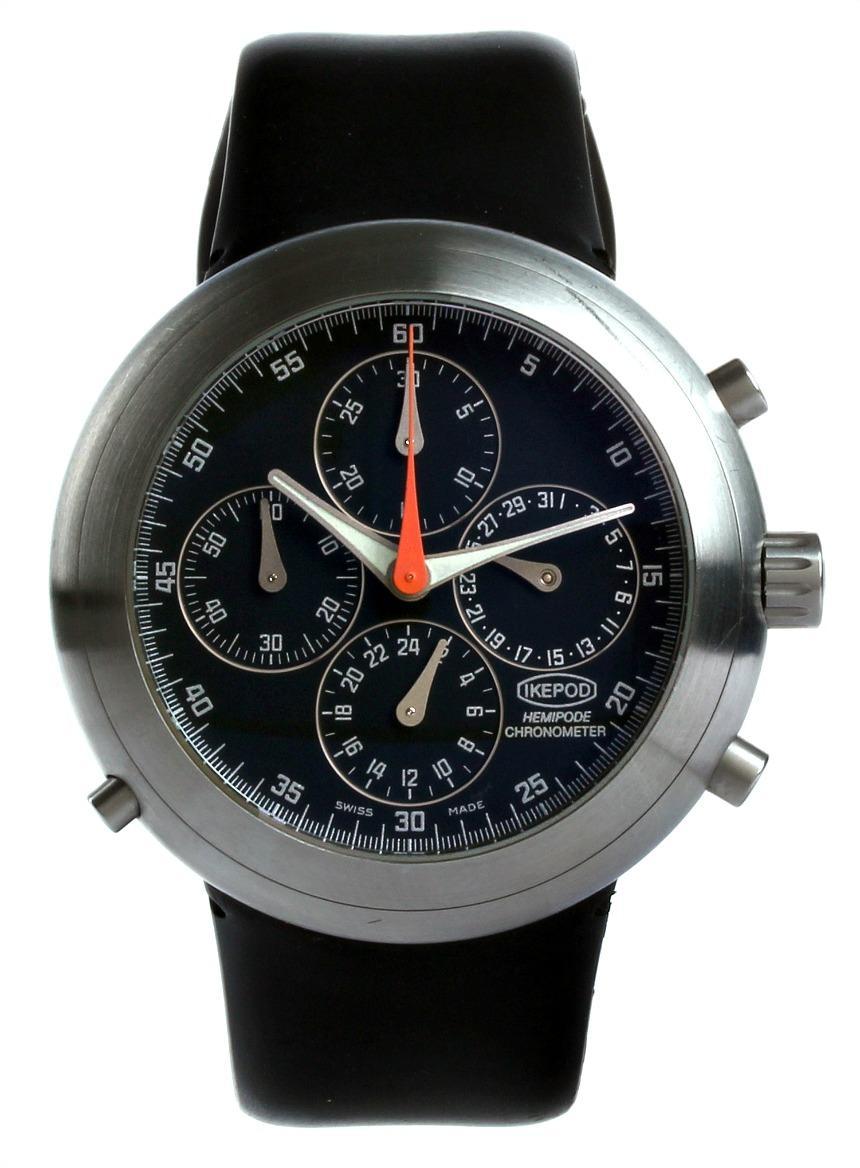
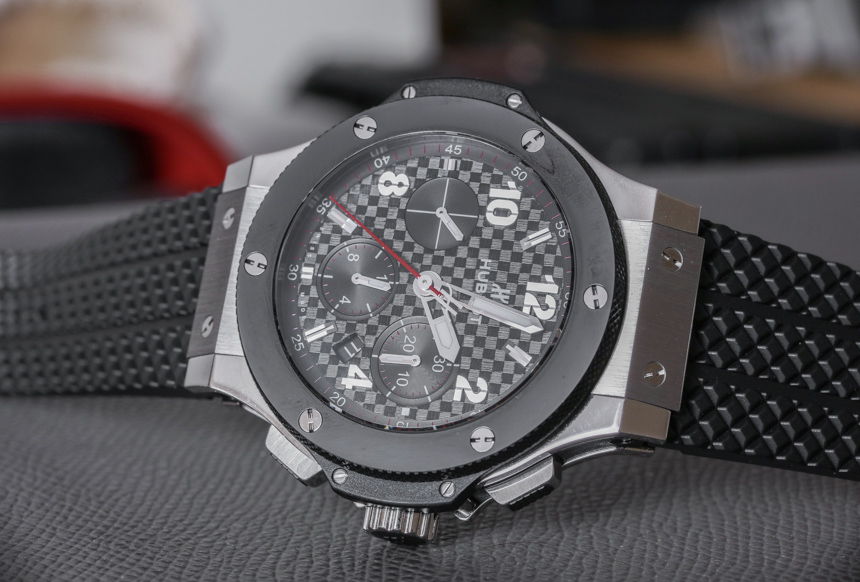
The displacement of quartz watches, or just watches in general led to an interesting phenomenon, and that is “empty wrists.” Consumers first replaced mechanical watches with electronic watches and now replaced the practice of wearing a watch altogether with other hand-held time-telling technology. This led to a void on the wrist and what I call “newly available wrist real estate.” It is true that the vast majority of consumers out of not being able to afford luxury watches never returned to the practice of wearing a timepiece. Luxury and style seekers as well as collectors however, found high-end watches desirable for their emotional (non-practical) value and didn’t have anything else on their wrists, which fought for viability with an otherwise impractical luxury timepiece item.
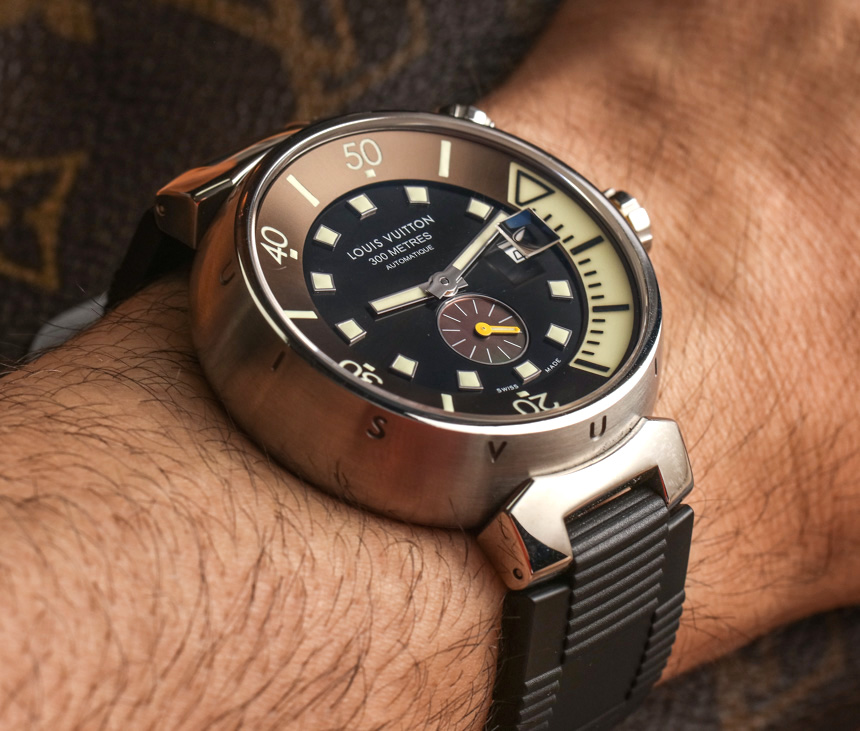
The seductive power of high-end watches is a phenomenon any timepiece enthusiast can attest to. While most people who wear a timepiece end up using it to reference the time, time-telling utility is rarely, if ever, the sole motivating factor behind a purchase. In short, watch lovers wear them because of what they see and how wearing the watches makes them feel. The utility is only important in terms of how it helps complete or enhance the “story” of the watch.
It was thus in the 1990s when luxury seekers returned to timepieces en masse because their wrists were missing something more practical to wear. Luxury watch brands were keen to make this process easy by engaging in newly ambitious international marketing campaigns and the design of new and often contemporary products that merged modern aesthetic tastes with the experience of wearing a solidly-made mechanical timepiece.
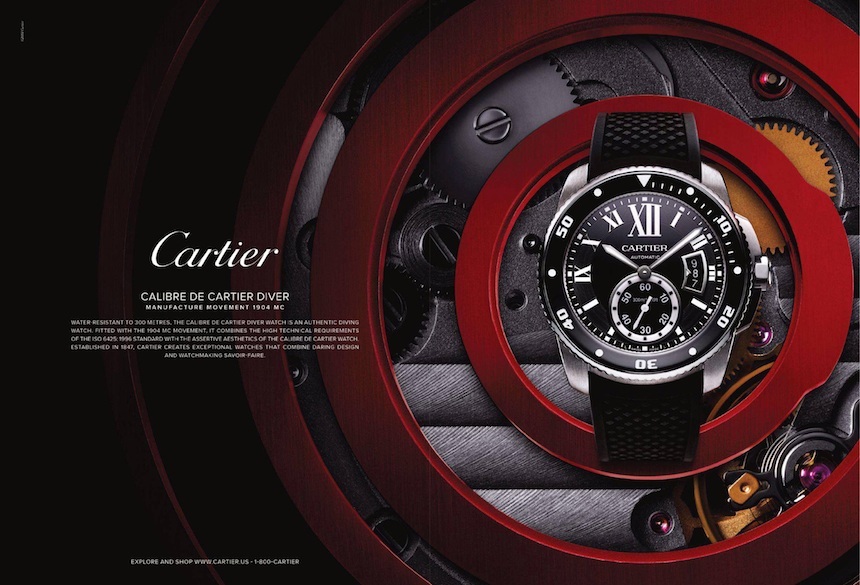
The promise of selling large volumes of luxury watches to men and women all over the world prompted the watch industry to invest heavily in the creation of new factories and new types of manufacturing technologies. The rate of growth for an industry no longer producing a product that the market needed (as opposed to wanted) was staggering. Historical production and decoration techniques needed to be relearned, and many traditional watchmaking mechanism concepts were revived for the modern age.
